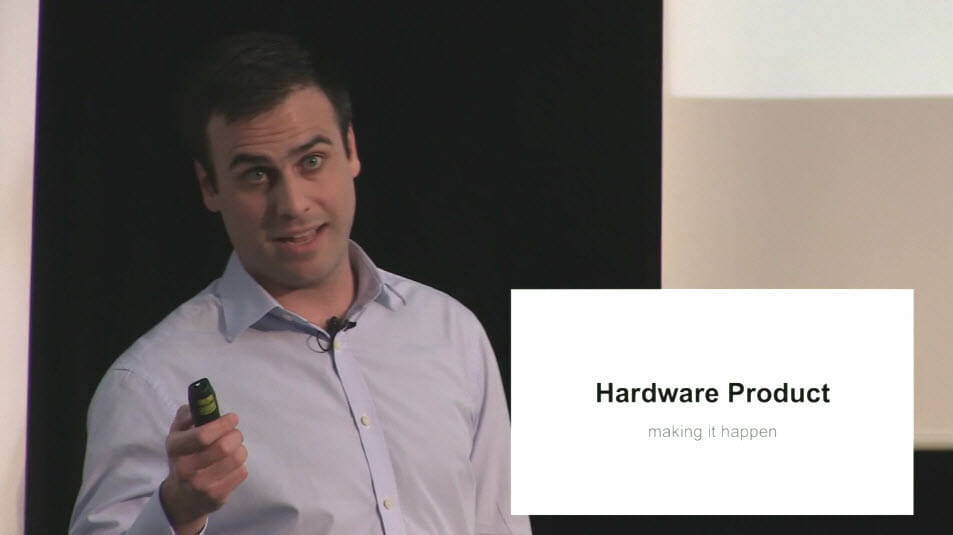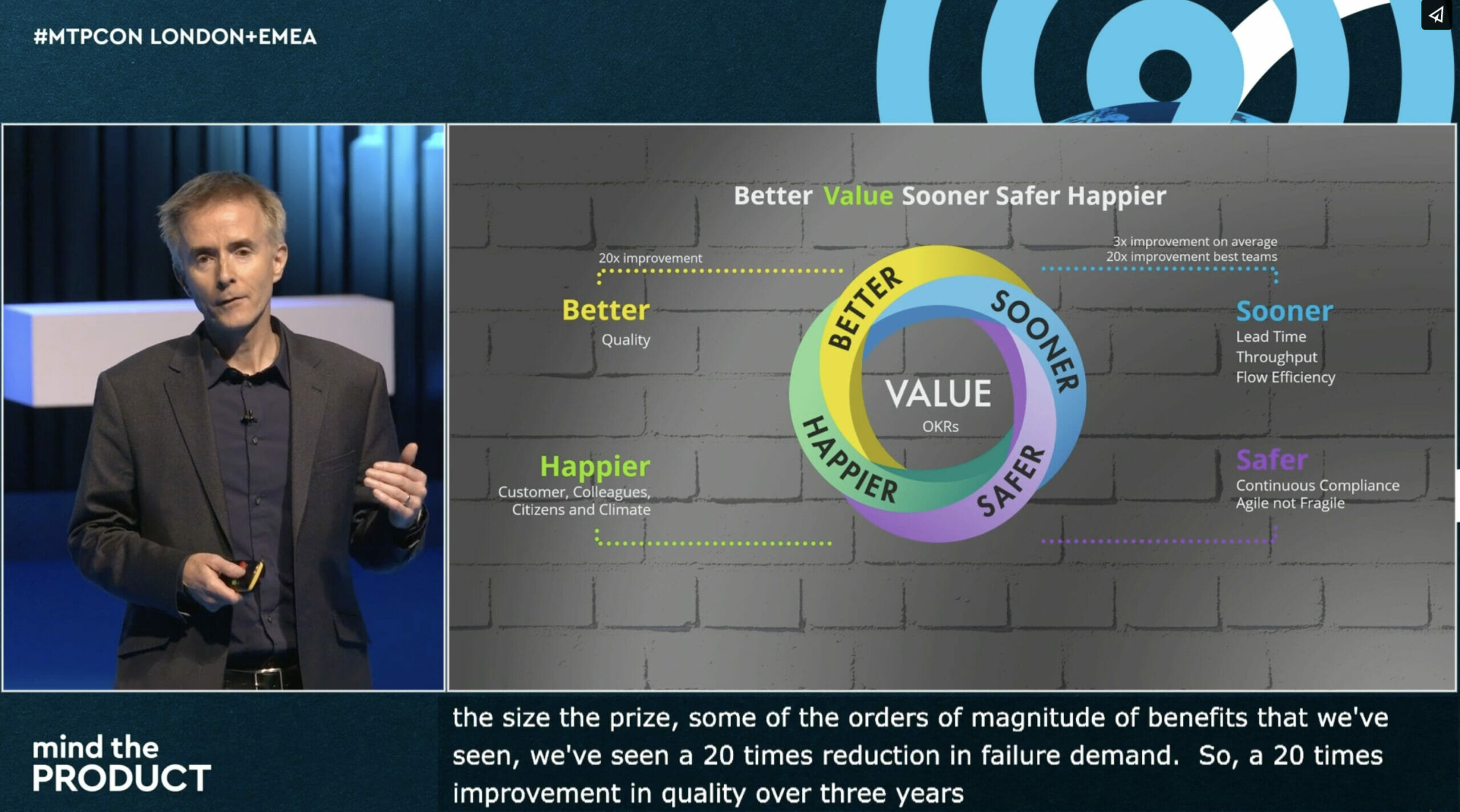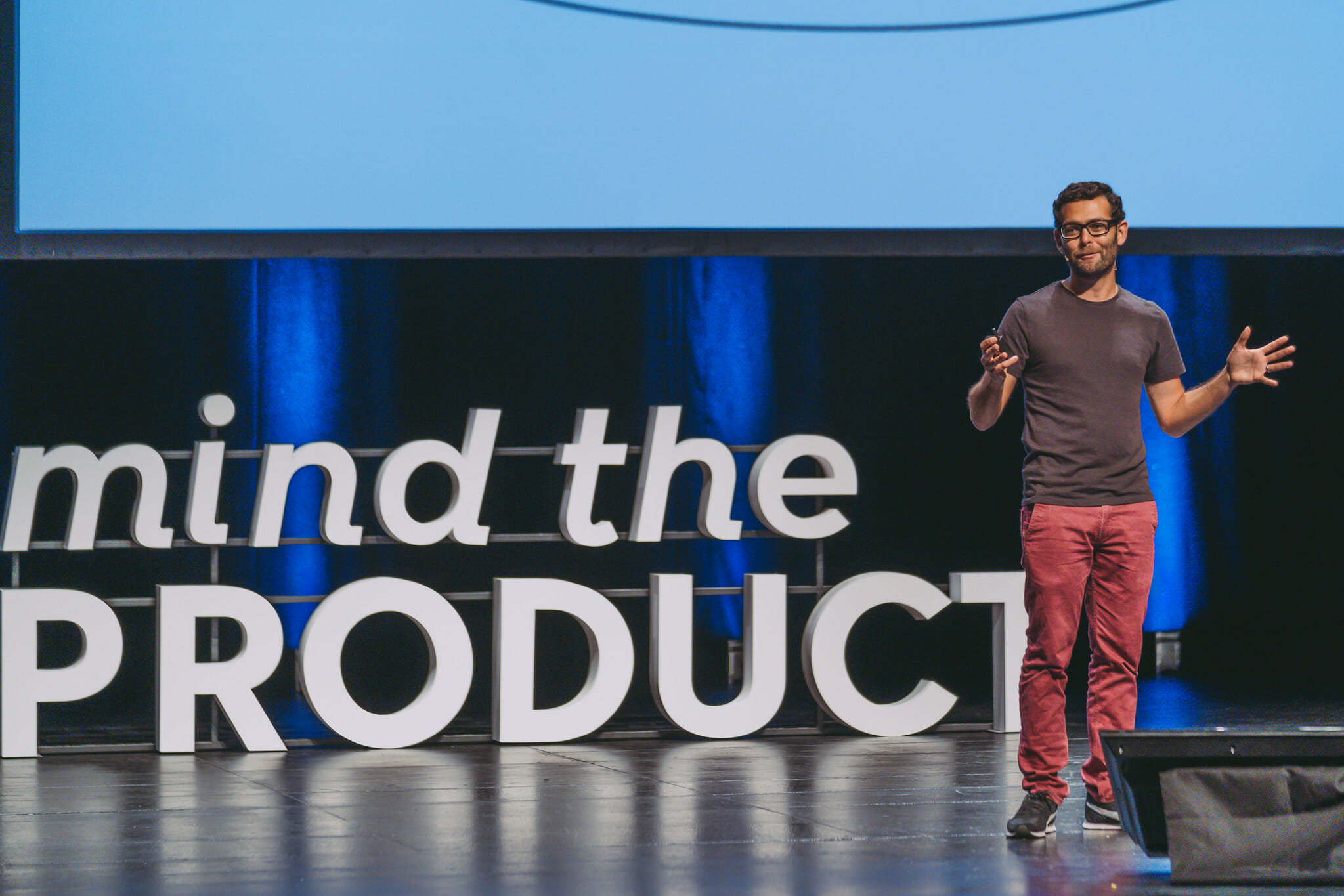Eduardo Aguilar Pelaez explores some of the challenges of managing physical products, specifically taking products from idea to execution. Eduardo works on Sherlock – OneFineStay’s keyless entry system which home-owners can control remotely from anywhere in the world, and which allows control of doors without having to install any hardware in the communal area of shared buildings (such as flats). Let’s run through the whirlwind of things to consider when delivering a hardware product:
Be Aware of your Time to Delivery
Always remember that hardware is hard. In essence, the process of creating a hardware product is a series of tests – prototypes, PCB-making, your first round of production, and so one. You have to test physical products relentlessly, because not only is your product going to be out in the world and largely beyond your control, but it has to be safe for your customers to use. Crucially, these all have a long lead-time, which is exacerbated if you need highly specific components, or fail to remember that supplies can be unreliable. Understand all that lead-time early, and bear it in mind.
IoT product lifecycle
People expect hardware products to have long life-cycles (anywhere from 1-10 years!) As a result, your features need to be vetted carefully to make sure you’re building the right thing, and that you’re not stuck supporting a terrible product for the next decade. It also leads to two interesting questions, neither of which have definitive answers. First of all, how do you maintain your product and continue to delight users? The simplest way is through delivery updated and improved software, improving the experience (and security!) of your product. Historically this has been really challenging, but shipping software upgrades to remote IoT hardware is becoming – if not easy, at least more feasible. And then, at the end of your product’s lifecycle, how do you manage discontinued support or discontinued functionality?
Product Opportunities
Think carefully about what you go to market with. In the case of hardware, the is often a distinction between the customer (who pays) and the user. You need to delight both!
User Experience (what to get right)
Physical products give unique opportunities to delight people. Unboxing, installing, getting started… Simplicity and elegant design are paramount, and empowering users to use the product independently (bearing in mind that customers need to have a sense of ownership!) is a huge win. By the same token, people don’t almost never read the instructions or the background details of the products they buy, so you should accept that a ton of your hard work (e.g. making your product safe) is hidden. Make sure to spend time on the more visible elements of your product as well, although bear in mind that your style has to last (so keep things simple).
It is essential to prototype and learn fast. You’re going to change things about your product anyway, so don’t over-optimise, but make sure you’re get a ton of feedback from users, and that you’re focusing on what actually matters to them. With that in mind, make sure you give good error messages to your users – both so that they can help you improve the product, and also so that they can have some understanding of what’s going wrong, thus increasing their sense of control and agency over the product.
Takeaways
Eduardo ran through a lot of solid product advice in this ProductTank, and some of it is just generally good advice, but if you’re working on hardware, here are the key things to bear in mind:
- Plan your delivery long in advance
- Plan for the future of your IoT “fleet”
- Understand your customer / user matrix
- Give users ownership
- Prepare, Plan and Partner to avoid reinventing the wheel!







Comments 0